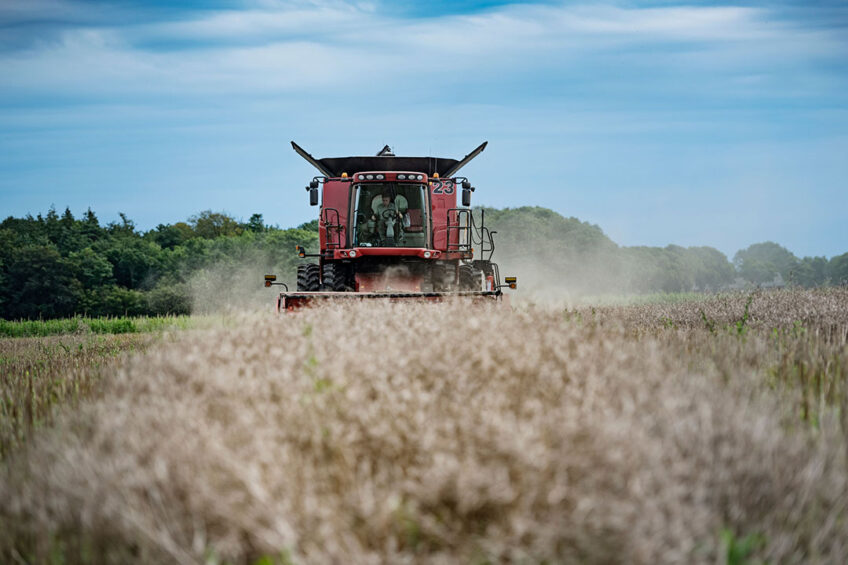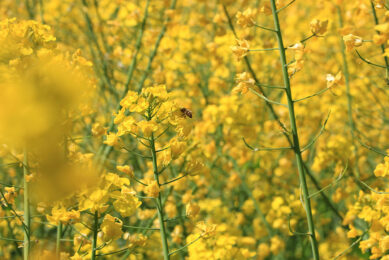Oilseed rape price recovery continues

Rapeseed prices continue to rise; May contracts exceeds €450 in Paris, supported by falling speculation and rising palm oil prices.
The rise in rapeseed prices continued at the beginning of this week. On the futures market in Paris, the first expiring May contract continued the price increase and easily passed the € 450 mark. At the end of last month, the price dropped to almost € 400 per tonne.
As with grains and other oilseeds, speculation on ever-falling prices has diminished this month. The speculators reduced their positions and that gave price formation room to recover somewhat. Rising palm oil prices also support rapeseed pricing.
May contract €457
On Monday, trading in May rapeseed contracts on the Paris futures market closed at € 457 per tonne. This made the market considerably friendlier than last week when the futures market ultimately closed just below € 450. The prices of the new harvest for delivery in November and February next year rose at the same pace and closed well above € 460 per tonne.
Support for the canola market also comes from the processing figures in Canada. According to the statistics agency StatCan, factories continue to process more rapeseed. In February, almost 11% more was processed than in the same month last year. The area of rapeseed in Canada will shrink by 3.1% this year, according to statisticians.
Shrinkage of rapeseed area
In the European Union, the area of rapeseed is shrinking more sharply. The European grain trade organisation Coceral is still aiming for a rapeseed harvest of 19.1 million tons this year, but other estimates are closer to 18 million to 18.4 million tons. This decrease is the result of a reduction in the area.
Crop in good condition despite weather
Measurements by the European Commission research agency JRC show that the crop is in good condition despite the bad weather at the end of last year.
Highest yields expected in Ireland
For the time being, measurements by this committee assume a yield potential that this year is 2% higher than last year and the 5-year average. In Belgium and Denmark, yields are expected to average just over 4 tons per hectare. The highest yields are expected in Ireland at just over 4.5 tonnes per hectare. According to current insights, the major producers Germany and France will achieve normal (Germany) to slightly higher hectare yields (France) this year.











